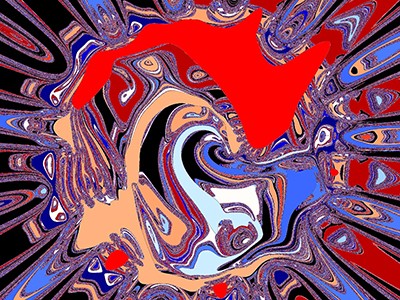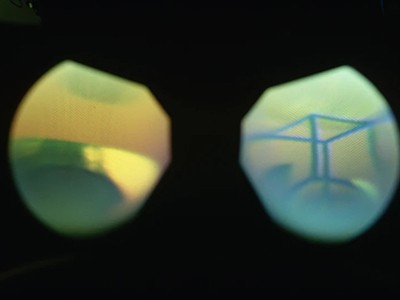Credit: Li Jin/VCG via Getty
Just as many of us are struck by the beauty of symmetrical patterns in nature and art, Chen-Ning Yang had a deep feeling for beauty and the role of symmetry in physics. It was work on a breakdown of symmetry that brought Yang fame. In 1956, he and theorist Tsung-Dao Lee dared to propose that there is a fundamental difference between left and right in the realm of physics. They predicted that the results of experiments in the real world and in a mirror one could sometimes be different. Experiments in subatomic physics soon confirmed this theory and, in 1957, the pair was awarded the Nobel Prize in Physics, making them the first Chinese-born Nobel laureates.
Yang’s work in theoretical physics spanned more than six decades, both in his native China and in the United States, where he lived for nearly 60 years. Proud of his Chinese heritage and grateful to the United States for enabling him to realize his potential, Yang was ultimately able to promote scientific cooperation between the two countries. He has died aged 103.

Why even physicists still don’t understand quantum theory 100 years on
Yang’s interest in the role of symmetry in physics and chemistry began during his childhood in China. His father, who had a PhD from the University of Chicago, Illinois, was professor of mathematics at Tsinghua University in Beijing and introduced his son to the maths of symmetry. After war broke out between China and Japan in 1937, the family settled in Kunming in southwestern China, to where people working at Tsinghua and other universities in Beijing had been evacuated and where the institutions had merged temporarily.
Yang gained a bachelor’s from this amalgamated university, working on symmetry in molecules. A fellowship from Tsinghua then gave him the opportunity in 1945 to leave China and follow in his father’s footsteps to the University of Chicago, drawn by the reputation of nuclear physicist Enrico Fermi, winner of the 1938 physics Nobel prize. In particular, he appreciated how Fermi’s theoretical work was guided by observations in physics.
This was a trait that Yang followed throughout his own research, as he moved from Chicago to the Institute for Advanced Study in Princeton, New Jersey. Indeed, it was a puzzle in the physics of unstable subatomic particles discovered in cosmic radiation that set Yang and Lee, who had first worked together at Chicago, on the road to their Nobel prize.

Why bad philosophy is stopping progress in physics